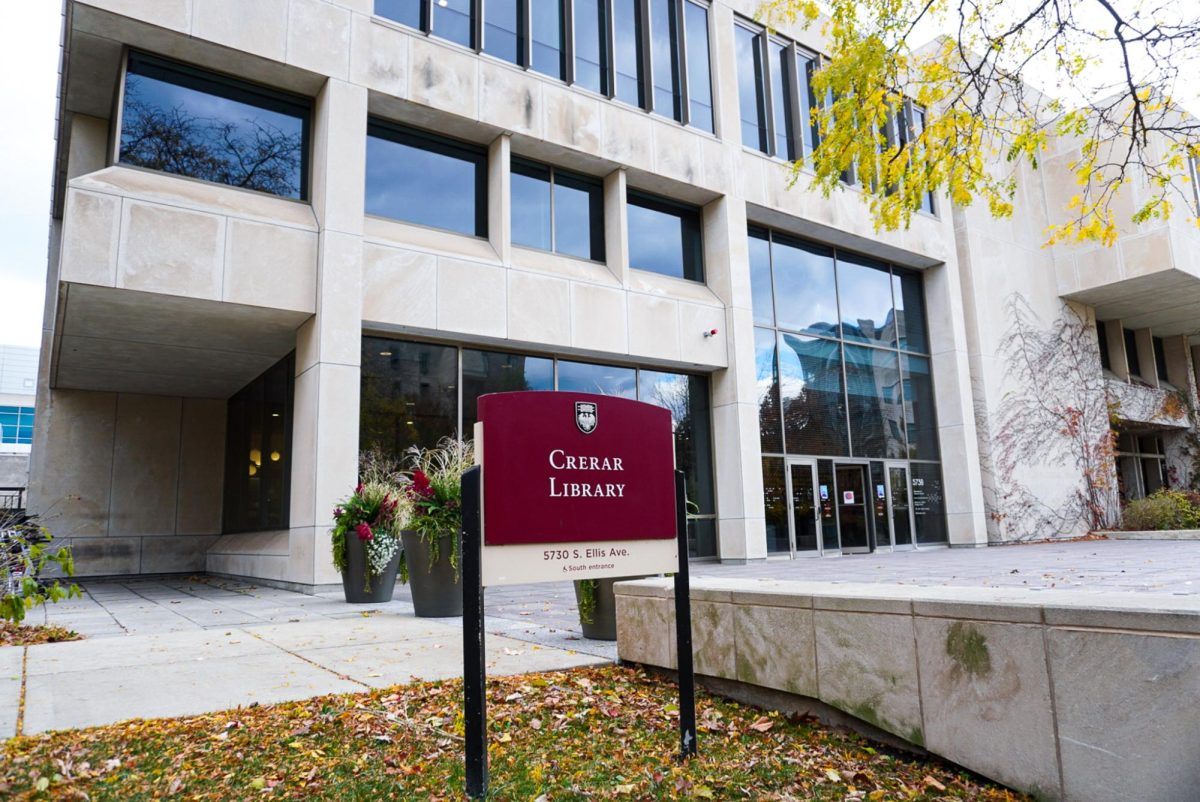I take the train when I travel home from Chicago. A romantic at heart, I love the slow pace, coupled with the colorful countryside, and the relative freedom a train offers compared to a car or a plane.
I also enjoy the ease with which I can travel by train. Chicago’s Union Station is only one block away from the Sears Tower, and easily accessible by bus. If I’m late, a cab can get me there within 15 minutes, given good traffic. Speaking of lateness, it is almost never a problem; I can show up only twenty minutes before my train leaves the station, pick up my ticket, and simply walk to the track.
In Detroit, the station is the size of a common room in Pierce. Boarding takes five minutes, and the station is only a quarter-mile from the city’s center, making it even easier to reach.
This is, of course, absurd.
It has been more than three years since 9/11 when al Qaeda demonstrated the ease with which armed insurgents could infiltrate our transportation networks and turn them against us. It has been more than six months since the March 11 attacks on the rail system in Madrid, Spain, exploited characteristics of a rail system dangerously similar to our own. With little more than good timing and explosives they killed more than 200 Spaniards.
Rail systems aren’t the only networks that have gone unprotected since 9/11. Cargo containers—the method by which the majority of goods are transported into the United States—are strikingly vulnerable. Only 2 percent are inspected when they reach U.S. shores.
Here are two sample nightmare scenarios.
Scenario one: An al Qaeda cell from Dearborn, Michigan vacuum-packs four large suitcases with weapons-grade C-4, easily manufactured with a few pounds of the 320 tons of HMX that have gone missing from Iraq over the past two years. They smuggle it across the porous border between Canada and Michigan. Two operatives take the suitcases on board the train, and place their luggage in a front train car. At an intermediate stop, the operatives slip off the train, leaving the suitcases on board. Three hours later the bombs, on a timer, explode less than 500 yards away from the Sears Tower. Union Station is crippled, with half of the incoming tracks decimated. Over 500 travelers are killed, 1000 wounded. Rail traffic across the United States grinds to a halt for three weeks (Union Station being one of the major U.S. rail hubs), as does traffic on the Chicago River.
Scenario two: North Korea sells a nuclear device (without plutonium) to an al Qaeda cell based in Indonesia, that has a flat in a port city in Southern China. The plutonium is smuggled in from an unguarded nuclear site in eastern Russia across the Chinese steppe. The bomb is assembled, and placed in a cargo container full of smoke detectors (which contain trace amounts of radioactive Americum) bound for Seattle. A cellular phone is modified to not only notify a laptop in Jakarta of its position, but also to receive the detonation signal. Upon arrival at its destination, the container (un-inspected, like 98 percent of all cargo) is off-loaded into the dock area, where it explodes at 11 a.m. the next morning, destroying the harbor, sending an electromagnetic pulse throughout the city blowing out the electrical infrastructure in Seattle (including the headquarters for Microsoft), and spreading nuclear fallout across Puget Sound and the greater Pacific Northwest.
Setting aside partisan politics and looking at the facts it is clear that we simply aren’t safe. Our port and rail systems aren’t secure, and what’s worse is that their major hubs lie dangerously close to, or right in the middle of, major U.S. cities.
George W. Bush refuses to acknowledge that we are just as, if not more, vulnerable now than we were four years ago. He claims that the bureaucracy of the Homeland Security Department affords us protection. He claims that Iraq has made us safer. We aren’t. My ability board a train to Chicago without so much as a quick glance through my bags is proof of that.






